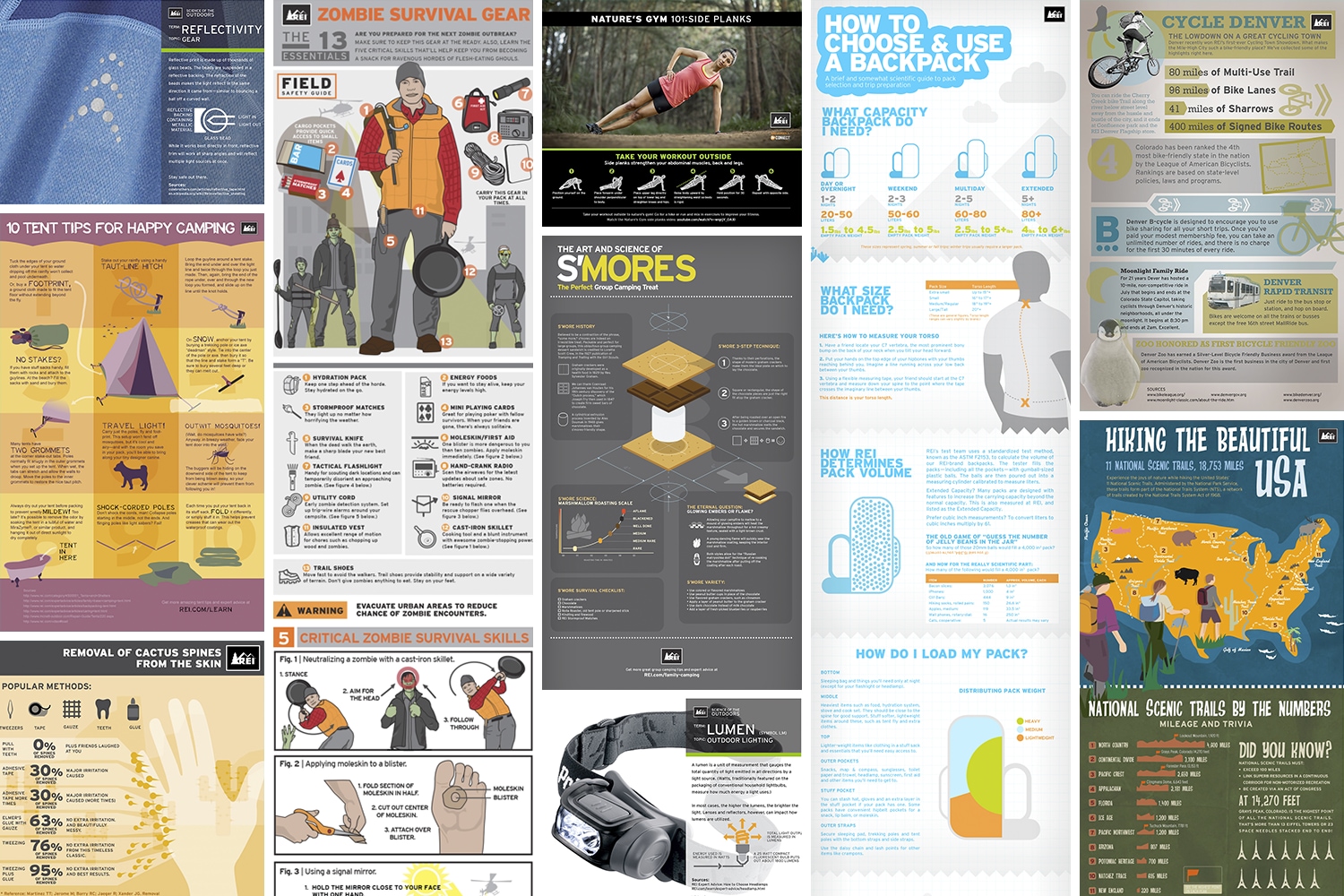Unique Tips On How To Sell Camping Tents And Operate A Operation
Unique Tips On How To Sell Camping Tents And Operate A Operation
Blog Article
Does Your Backpacking Camping Tent Need a Footprint?
A footprint is costly and includes additional weight to your knapsack. It additionally isn't specifically durable.
What's the point of camping?
Ultimately, whether or not a camping tent footprint is needed depends upon where and exactly how commonly you're camping. As a whole, it's an excellent concept to make use of one if you camp on rough surface areas or in damp conditions.
Camping Tents with Lower Deniers and Waterproof Scores
Tents with lower deniers and waterproof ratings tend to be lighter, but they can also be more fragile. They may require more constant fixings and have much less indoor room than harder designs. If you're a laid-back backpacker who likes to travel fast and light, this could be great; nonetheless, even more knowledgeable walkers recognize that compromising longevity can come with huge repercussions down the path.
The denier and water-proof ranking of an outdoor tents's cover, rainfly, and flooring can aid you establish its livability. Search for higher-denier fabrics on the cover and rainfly, as well as taped seams that help prevent water from seeping through stitches. Some suppliers also utilize warm and sealer during building to produce a stronger seam; these are called welded seams.
The livability of an outdoor tents can additionally be figured out by its flooring dimensions and capacity. A tent's floor should be somewhat smaller than the impact to stop water from merging under the sanctuary.
Camping Tents in Rough Surface
Lots of backpacking camping tents include a footprint developed specifically for their version, which aids make sure an appropriate fit and protects the tent's base from wetness and sharp objects. Various other suppliers sell global footprints that can be reduced or folded up to match an outdoor tents's dimensions.
The type of surface you'll encounter is an additional crucial factor to consider for selecting an outdoor tents. For example, if you'll be camping in a canyon or gully, search for a shelter that can manage strong winds. These conditions produce turbulence that can make the distinction in between enjoying your campsite or enduring discomfort.
The ability and top elevation of a camping tent give you an excellent idea of its livability, but extra elements to take into consideration consist of vestibules (the section of the rainfly covering the doors) and total storage space. For example, throughout our winter season screening of the Marmot Tungsten, its generous 93-by-82-inch flooring quickly handled 4 sweaty backpackers and their puffier shoulder period sleeping bags while still leaving enough space for equipment and people.
Tents in Damp Conditions
Even if your camping tent appears completely dry, moisture hides in the nooks and crannies. Gradually, it can degrade the textile. That's why it's so important to capitalize on rest days to deep-clean your outdoor tents and its components, such as zipper cellular linings, stake loopholes and adjustable webbing straps.
Also, see to it to pitch your camping tent in a flat area, not a divot or concave area, so that ground water does not collect between the camping tent flooring and footprint or tarpaulin. And if you're using an impact, consider a custom-cut one made for your tent's layout. It won't gather rain the way a generic ground cloth or tarpaulin can.
Practice setting up and removing your tent in your home prior to you hit the road, to obtain a feel for how swiftly and successfully you can do it. Also, technique staking out your camping tent in various terrains to see just how easy it is (or isn't) to do in bad weather conditions.
Outdoors Tents in High-Rise Situations
Tents range in flooring dimension and livability. For example, a big outdoor tents with dual doors and vestibules like Marmot's Tungsten can deal with 4 backpackers without metal tents requiring gymnastics to enter and out or to save gear.
The minimum route weight requirements is the very best specification to contrast models, as it includes the bare fundamentals: outdoor tents body, rainfly and poles. However remember that the specification excludes camping tent risks, guy lines and stuff sacks.
A lot of backpacking outdoors tents can hold up to a light summertime tornado, yet some can be swept away by gale-force gusts. Look for a model with strong posts, a raised bathtub-style floor and seam taping to minimize the opportunity of water seeping with. More expensive layouts additionally tend to feature more powerful products that can stand up to the impact of debris and other forces.
What is minimum Trail weight for a tent?
